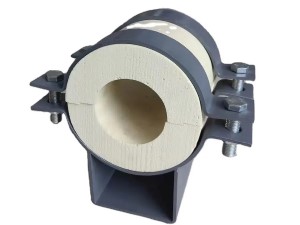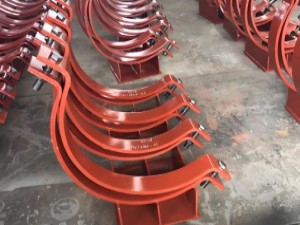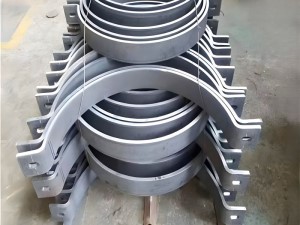Austenitic stainless steels are softened by solution annealing . Generally, stainless steel pipe and fittings are heated to 950 to 1150 degrees Celsius and held for a period of time.
The purpose of this is to make the carbides and various alloying elements sufficiently uniformly dissolved in austenite. After that, the steel pipe is rapidly quenched and cooled, and carbon and other alloy elements are too late to precipitate, and a pure austenite structure is obtained, which is called a solution annealing.
Here's 3 effects of solution annealing:
1. Make the steel pipe structure and composition uniform, which is especially important for raw materials, because the rolling temperature and cooling rate of each section of the hot-rolled wire are different, resulting in inconsistent microstructure.
At high temperatures, atomic activity intensifies, the σ phase dissolves, and the chemical composition tends to be uniform. After cooling, a uniform single-phase structure is obtained.
2. Eliminate work hardening to facilitate continued cold processing.
Through the solution treatment, the twisted lattice is restored, the elongated and broken grains are recrystallized, the internal stress is eliminated, the tensile strength of the steel pipe is reduced, and the elongation is increased.
3. Restore the inherent corrosion resistance of stainless steel.
Due to cold working, carbide precipitation and lattice defects reduce the corrosion resistance of stainless steel. After solution treatment, the corrosion resistance of the steel pipe was restored to the best state.
For stainless steel pipes and fittings, the three elements of solution annealing are temperature, holding time and cooling rate. The solution temperature is mainly determined by the chemical composition.
Generally speaking, for those grades with high alloy elements and high content, the solution temperature should be increased accordingly. Especially for steels with high manganese, molybdenum, nickel, and silicon content, softening effects can only be achieved if the solution temperature is increased and dissolved sufficiently.
However, in stabilized steels, such as 1Cr18Ni9Ti, the carbides of the stabilizing elements are sufficiently dissolved in austenite when the solution temperature is high, and in the subsequent cooling, they will precipitate at the grain boundaries as Cr23C6, causing intergranular corrosion. In order to prevent the carbides (TiC and Nbc) of the stabilizing element from decomposing and not being dissolved, the lower limit solution temperature is generally used.





